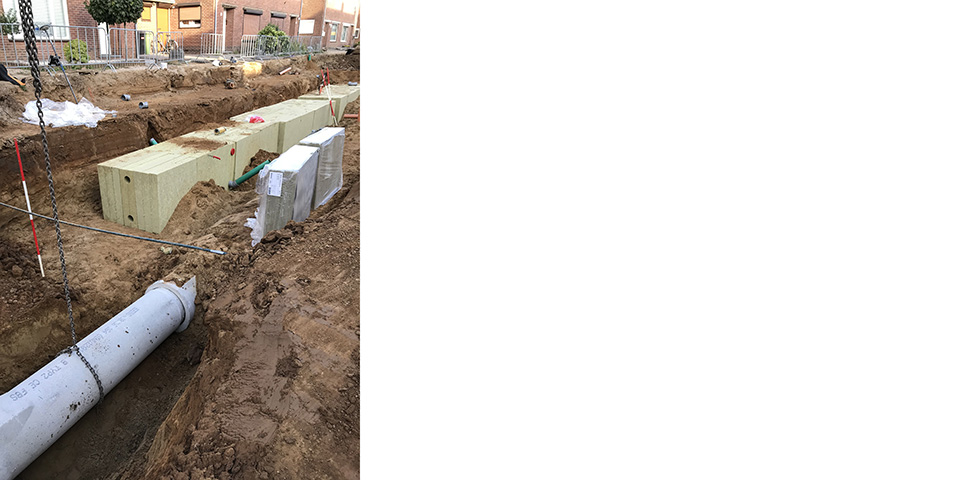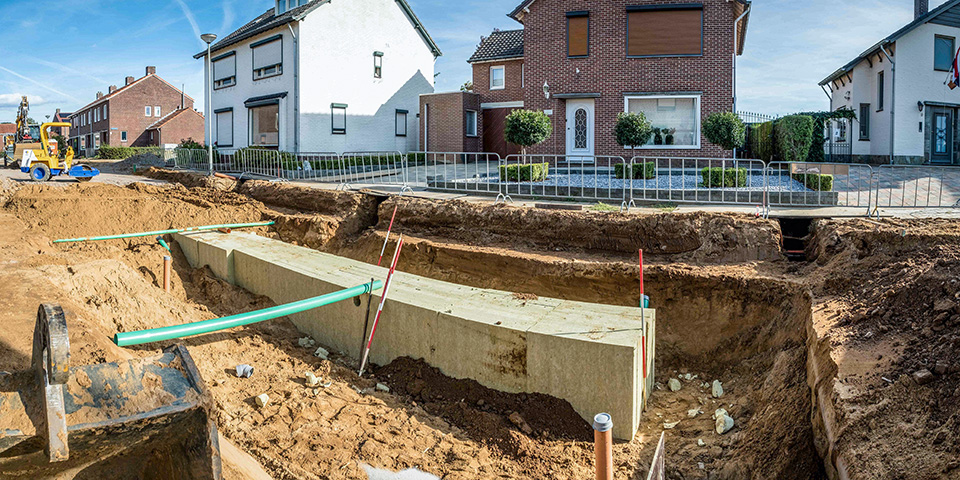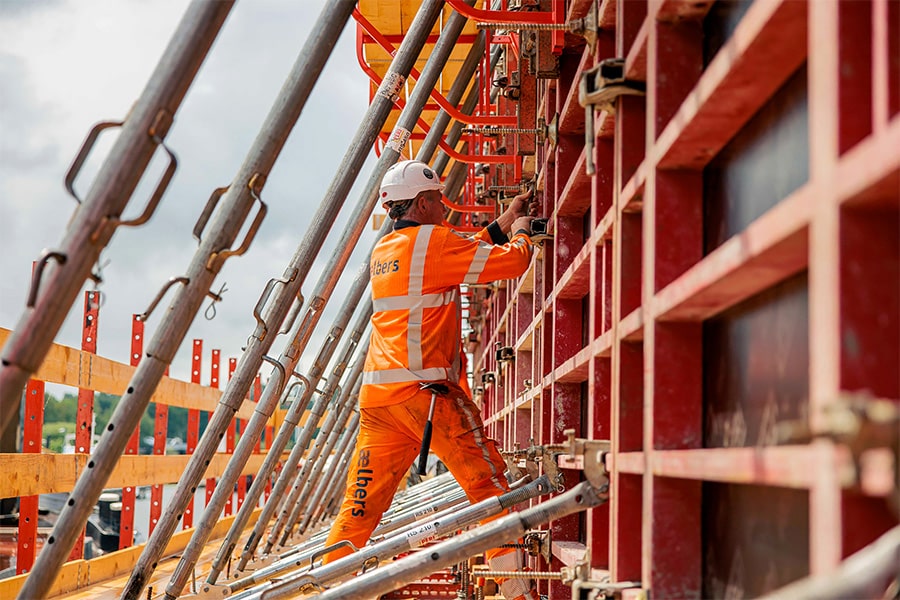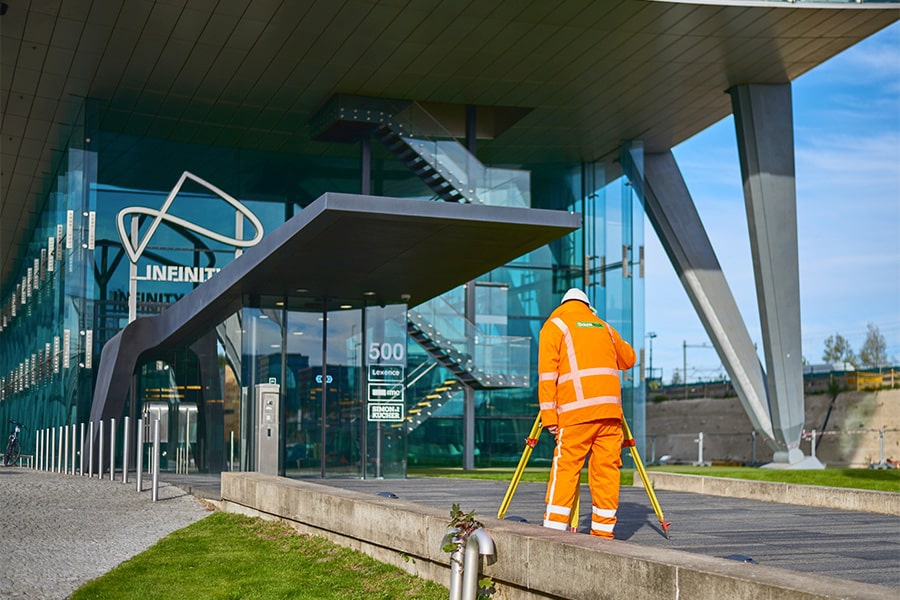
Buffering rainwater with rock wool
The climate is changing. Not only is there more rain, but the showers are becoming more extreme. The sewer system often cannot handle this all at once, resulting in flooding. Buffering water is a good way to counteract the nuisance. Lapinus, part of the ROCKWOOL group, has developed an interesting application for this with its Rockflow product. Rockflow plates are placed under paved surfaces to absorb water during extreme rainfall. As it gets drier, the water can be infiltrated into the soil or drained through the sewer system.
Rockflow has already been applied in several places, including under schoolyards, parking lots and wadis. Recently it has also been placed under a number of streets in Maasbracht in the municipality of Maasgouw. Rob Driessen, Business Development Engineer at Lapinus sees great potential with this application. "The load from road traffic is a special concern with this application. Rockflow is made of stone and therefore very strong. It can even be installed just below the road surface. That is useful in areas where there is not much space under the ground, for example due to a high groundwater level. In any case, Rockflow is economical with space: it absorbs more than three times as much water as the same volume of lava or gravel pits."

Rockflow takes more than three times as much water
on as the same volume of lava or gravel cases. (Image: Lapinus)
Lowie Eijkelhardt of the Maasgouw municipality is also pleased with the material properties. "Besides the large absorption capacity, I was also struck by the speed with which water is absorbed," he said. Jean-Philippe Janssens, who supported the municipality in the project on behalf of Ducot Engineering and Advice, cites another advantage: "Unlike plastic crates, water on sloping terrain does not flow away to the deepest point, but is absorbed evenly in the stone wool slabs."

Rockflow in Maasbracht.
In Maasbracht, the slabs are laid 80 centimeters below the road, just below the cables and pipes that are already there. As a result, the slabs are minimally interrupted by other elements. This is convenient, but not necessary: new pipes can be shot through the rock wool effortlessly. Also, unlike plastic crates, it can easily follow deviating shapes in the street pattern and can be trimmed on site. Strong, economical with space and flexible ... you could almost say "bring on that downpour!"




